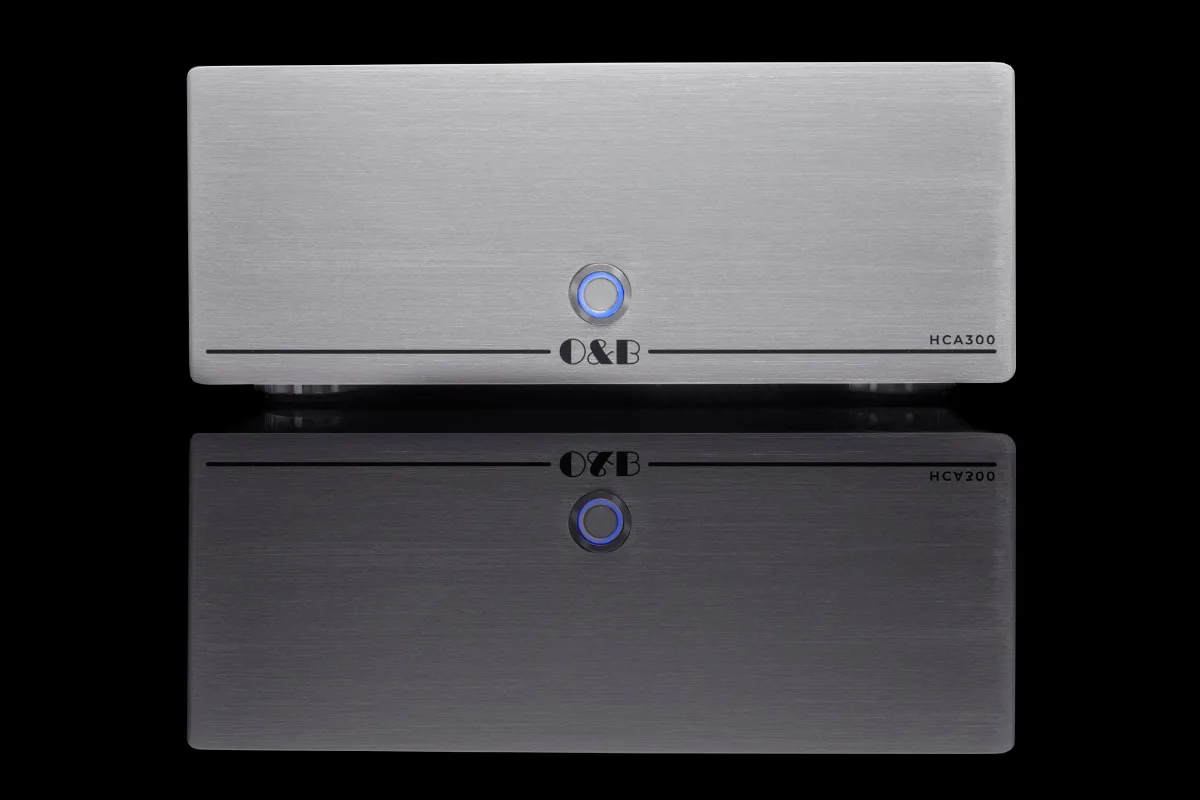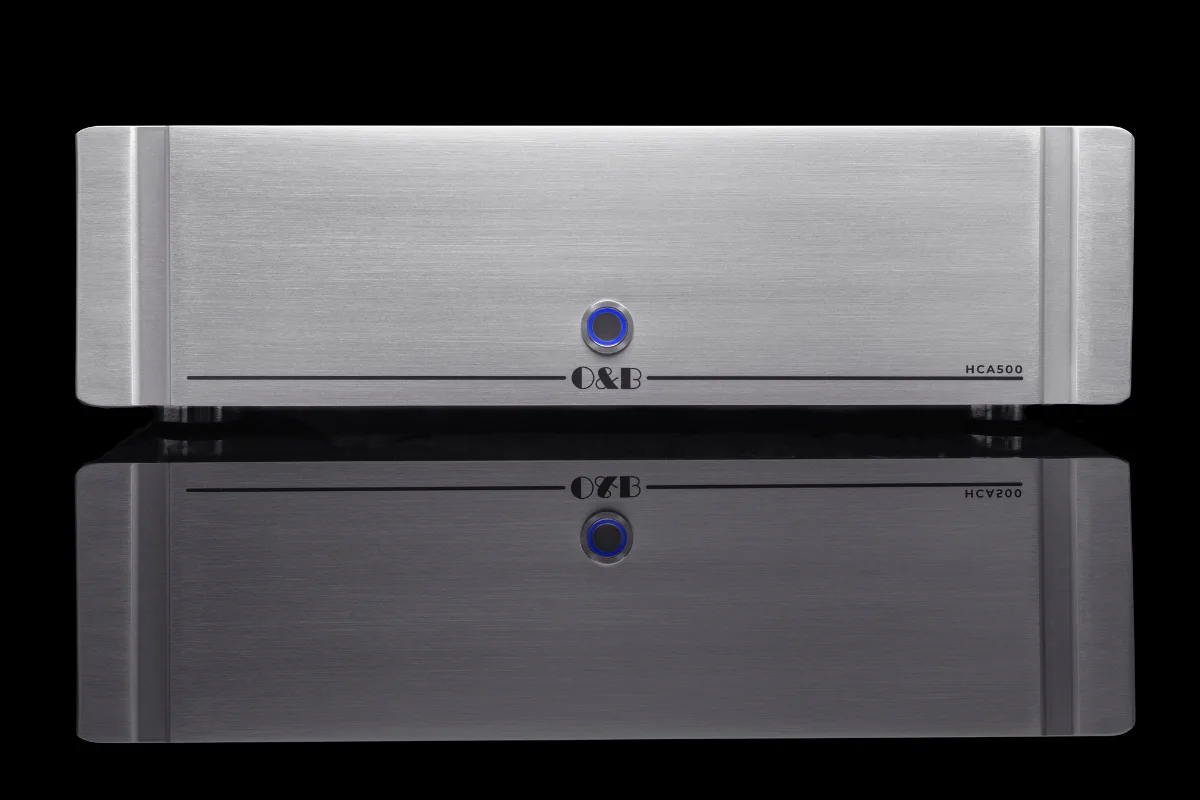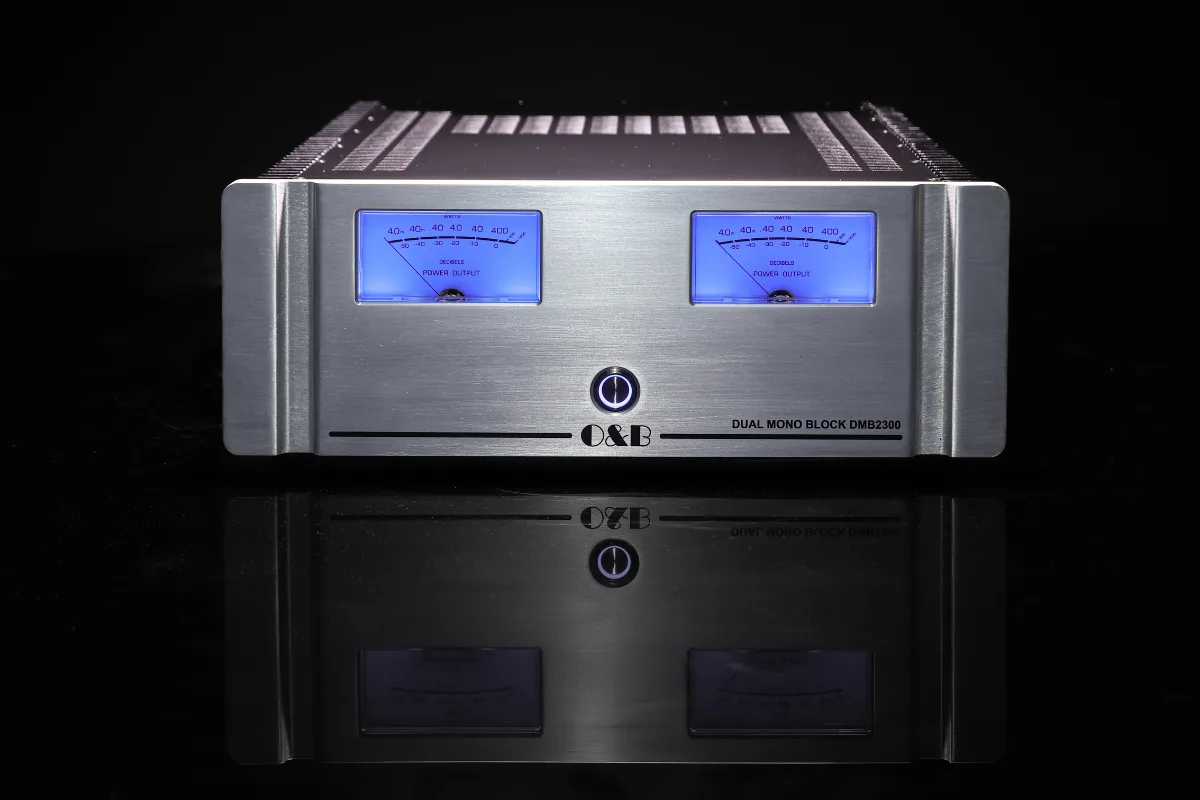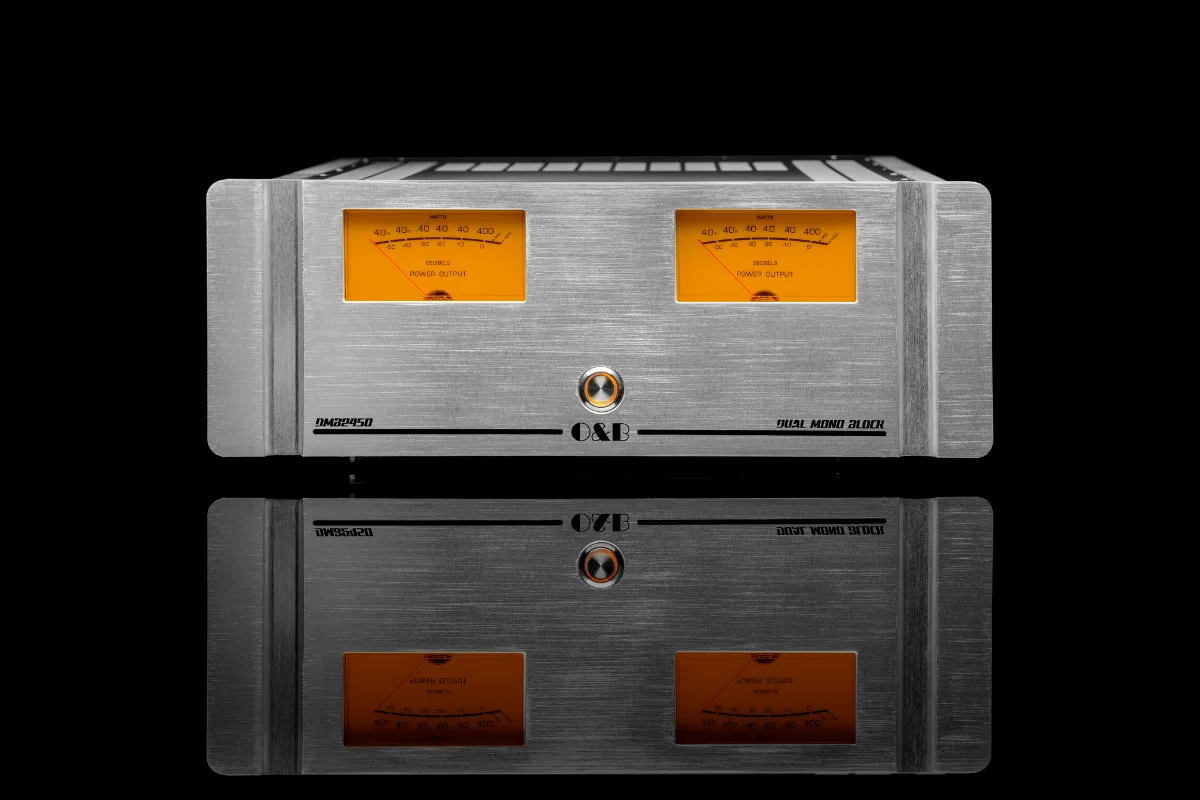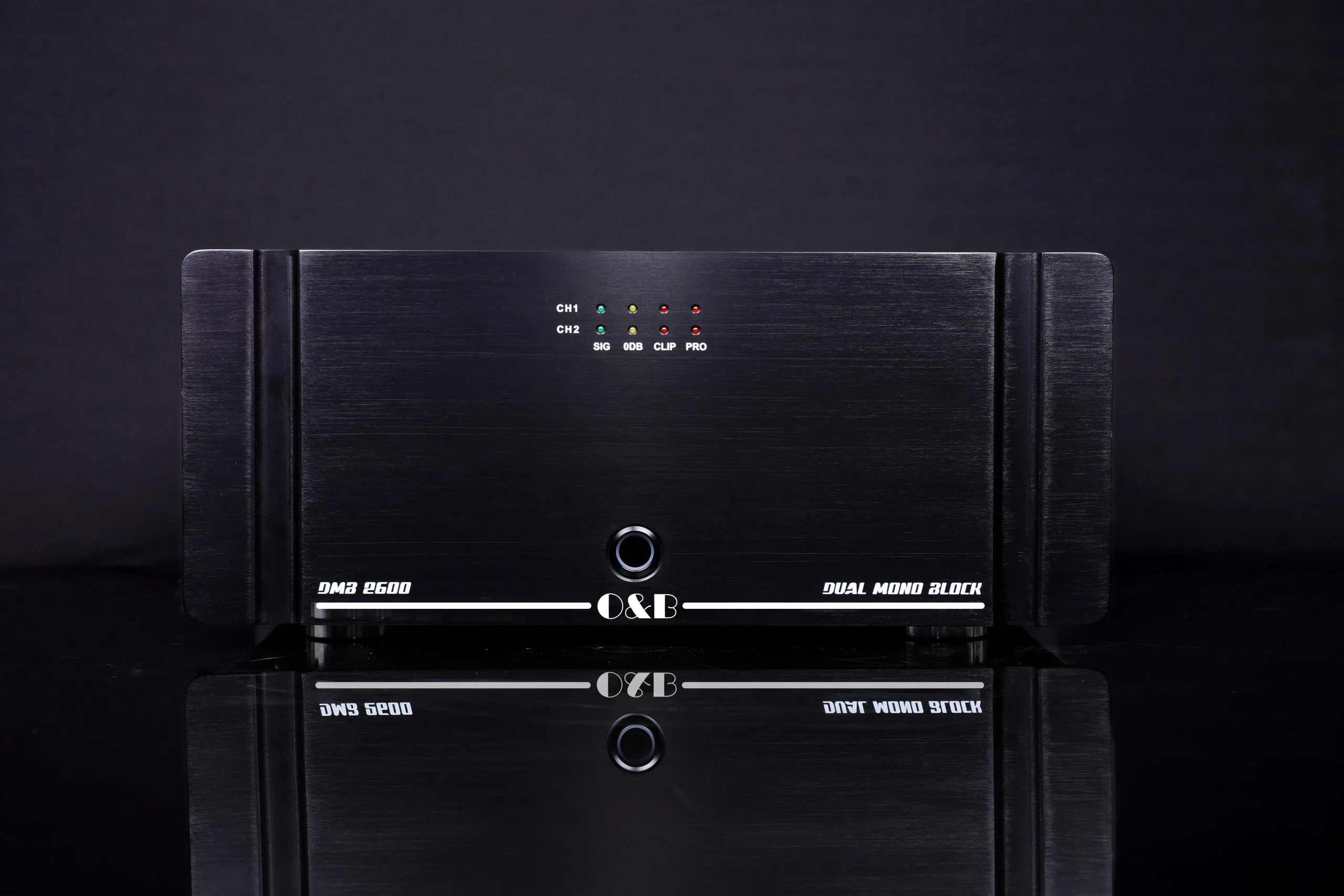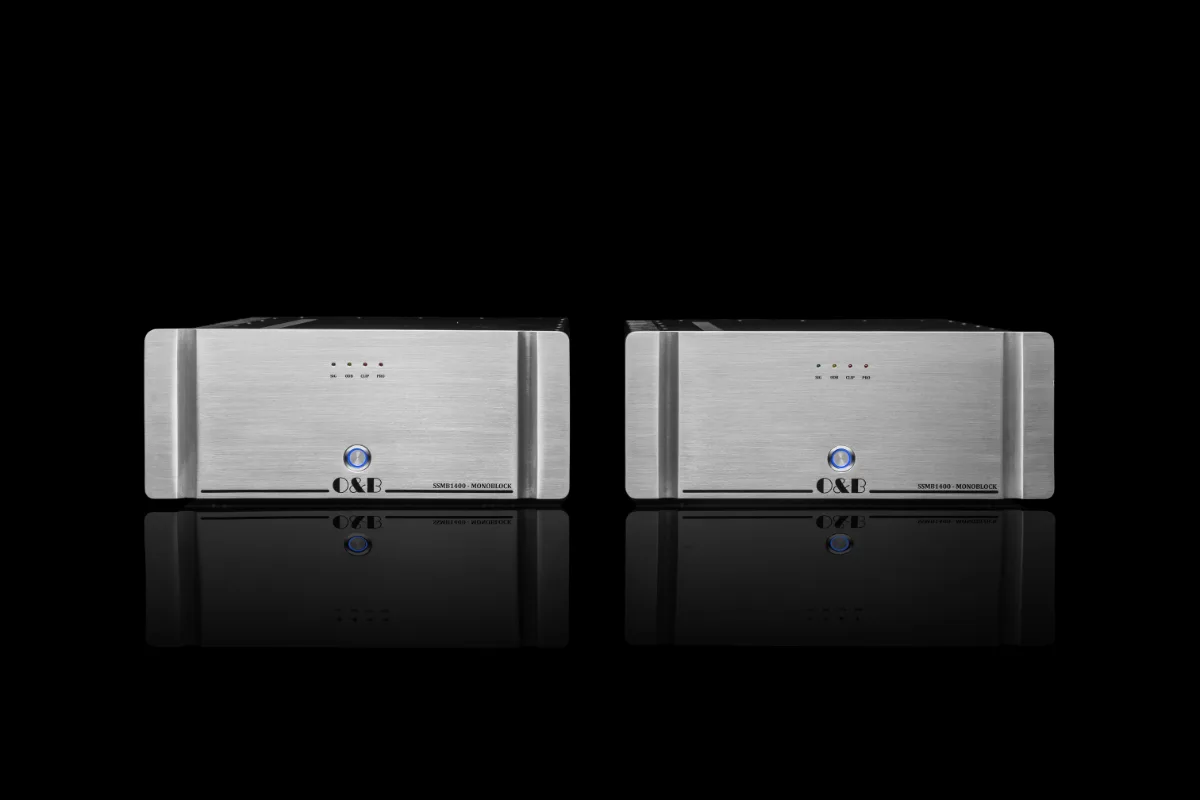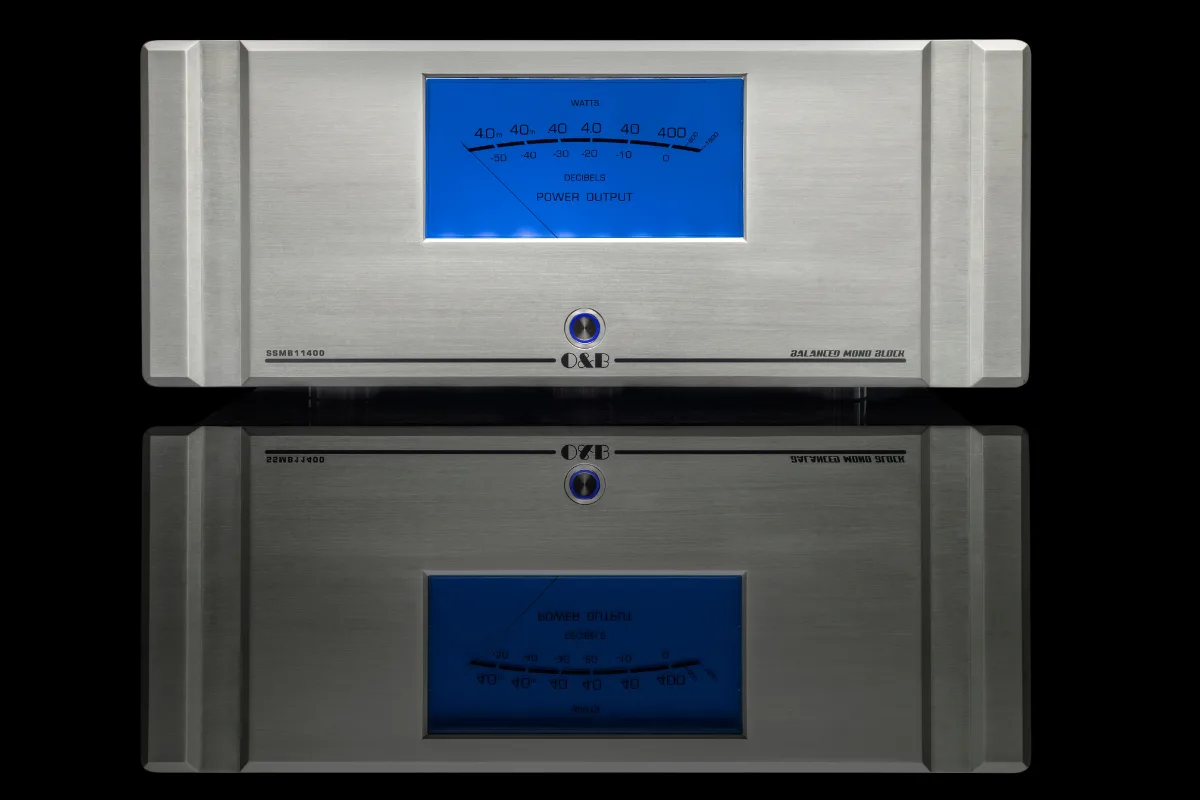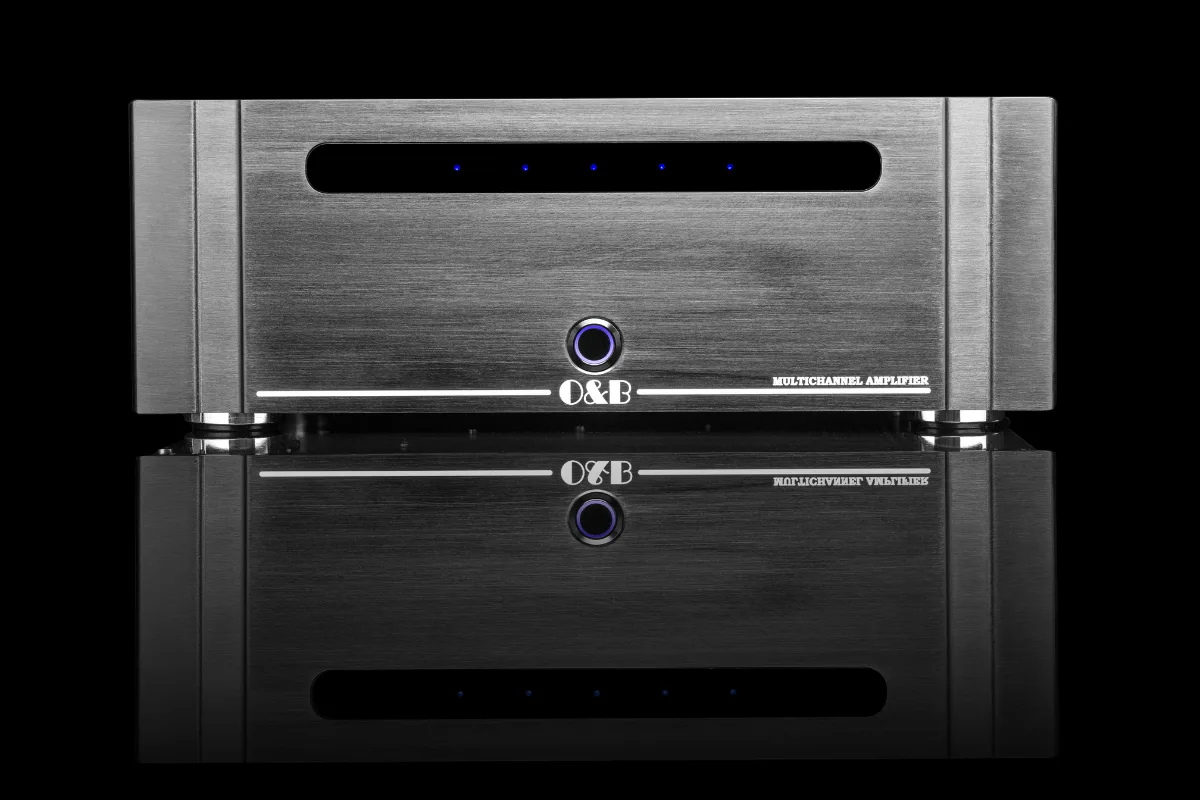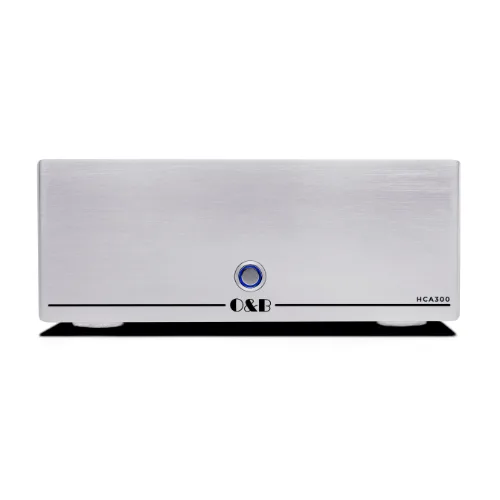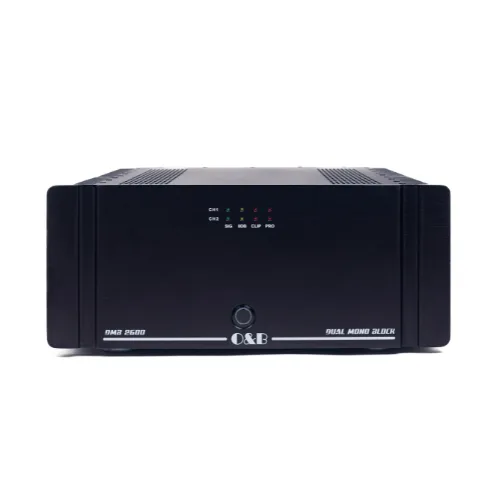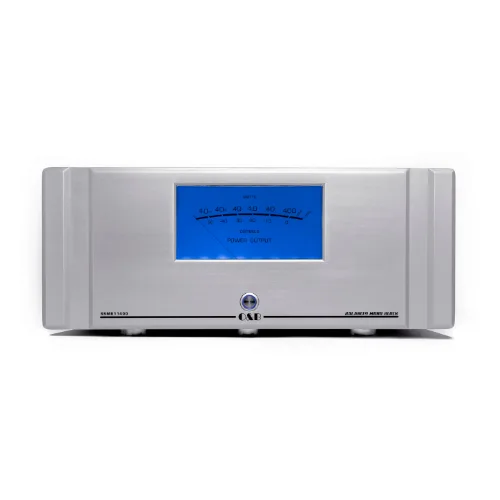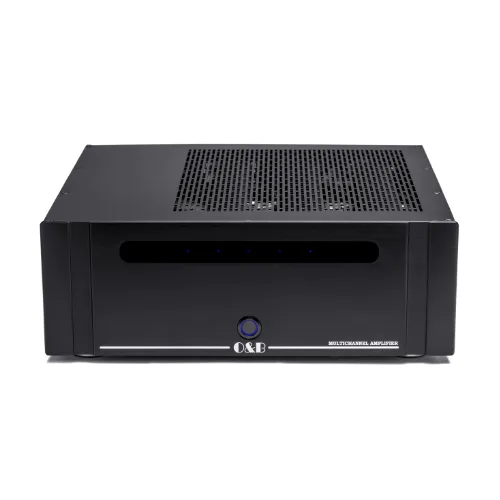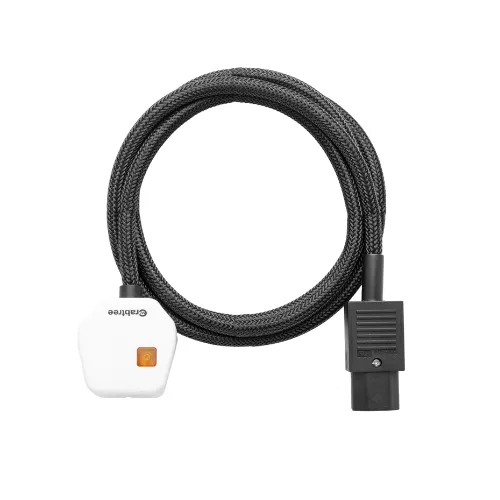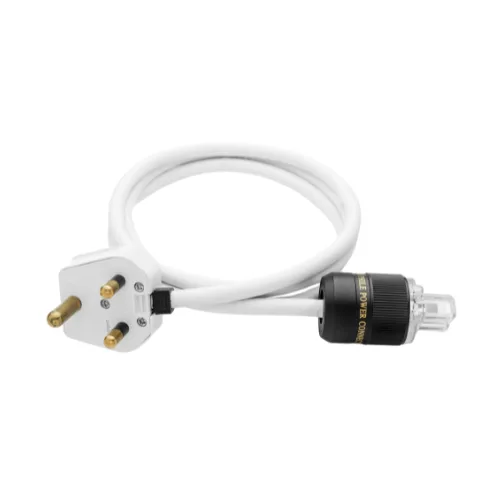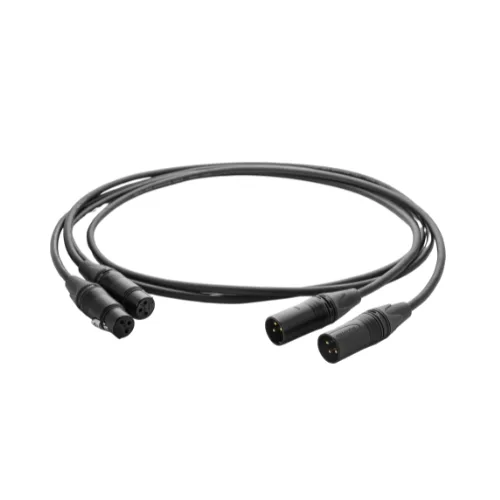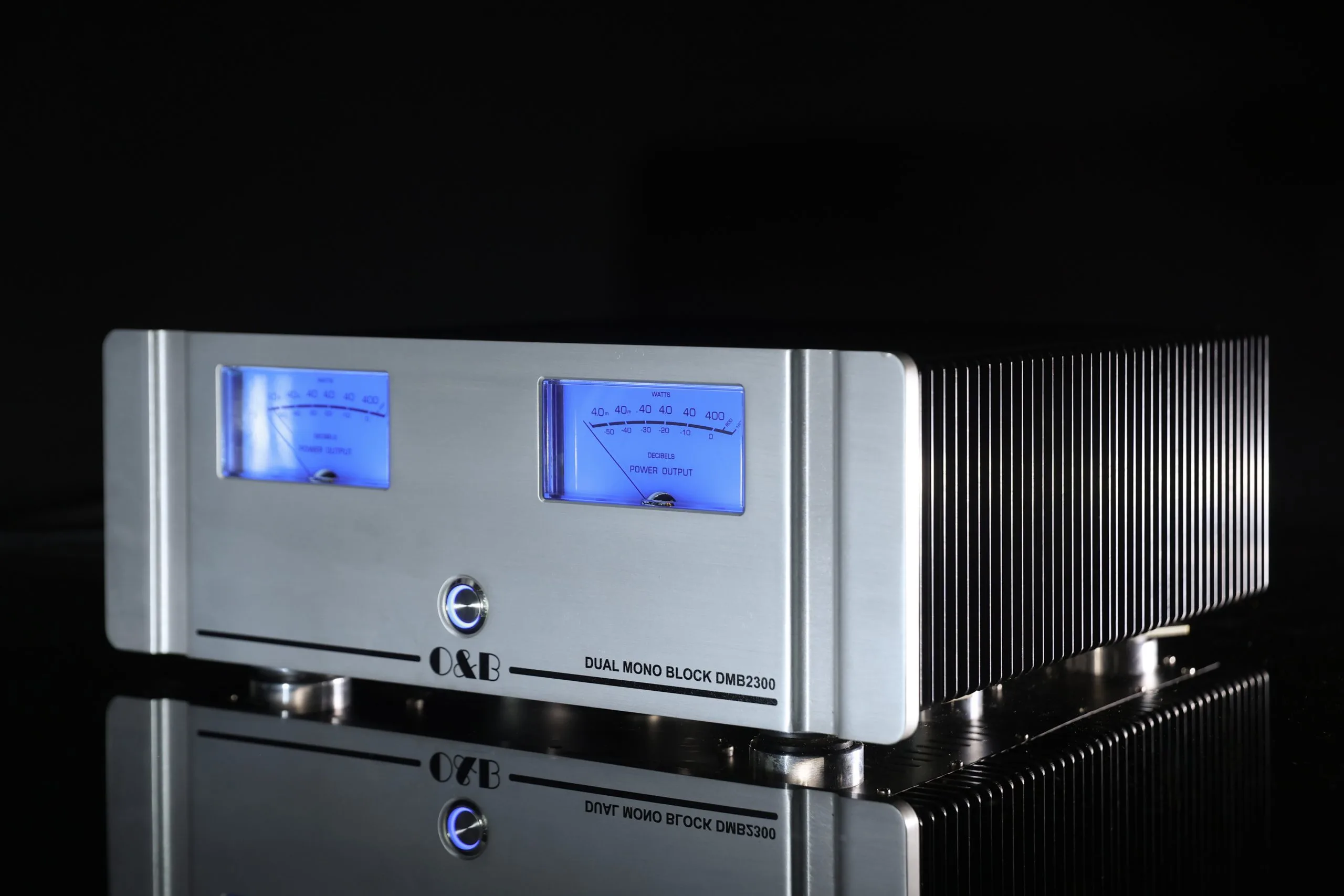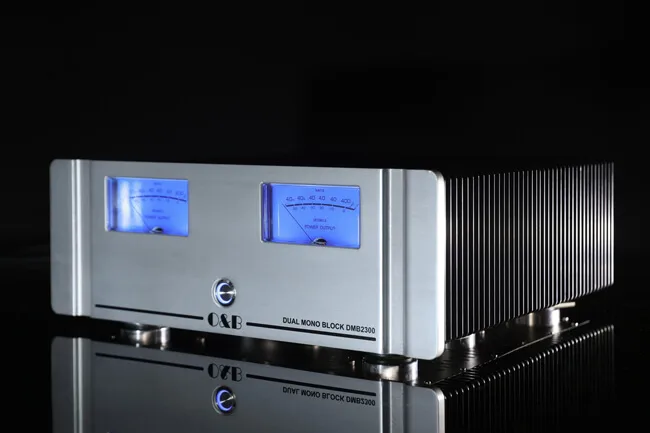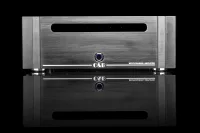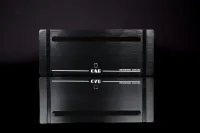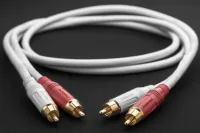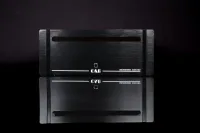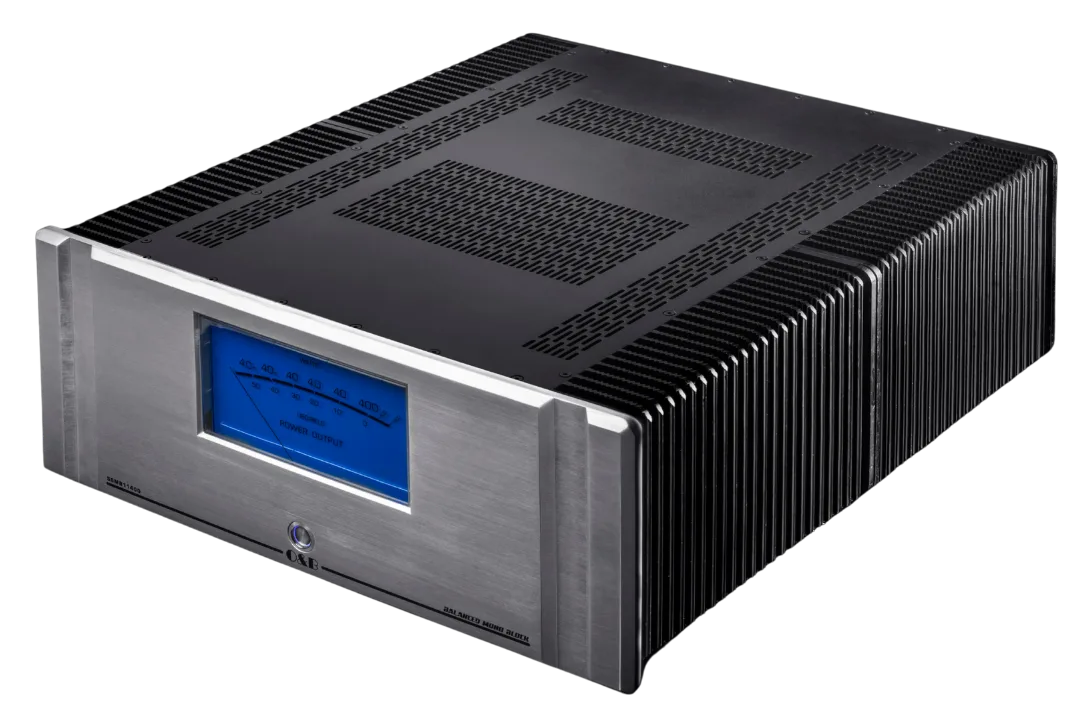
Crafting Excellence
Inspired by ‘Shokunin Kishitsu,’ the master craftsman’s spirit, O&B’s products are built on an unwavering dedication to detail. We believe that true audio excellence is found in the smallest details, driving us to engineer amplifiers for optimal performance with each iteration.
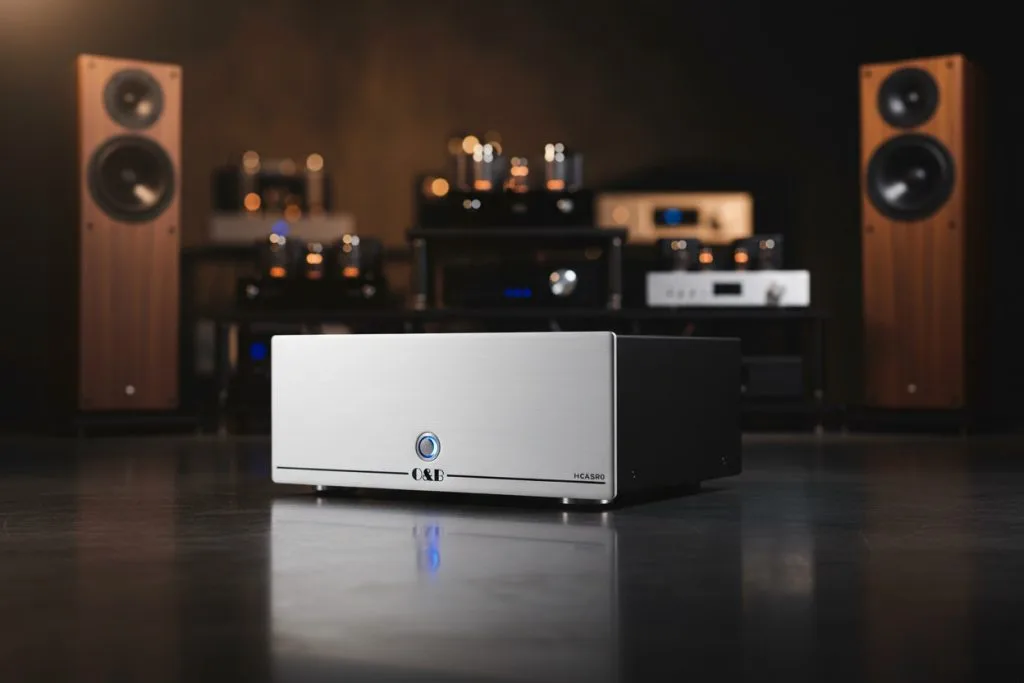
Find Your Perfect Sound
Not sure which O&B amplifier is right for you?
Whether you’re building your first setup or upgrading your reference system, we’ll guide you to the ideal match. Tell us what matters-power, features, or sound signature-and we’ll take it from there.
Latest Launch
Applications
Perfect sound for every set up
We are O&B
Make in India
Engineering Done Right
Real Watts, Real Weight
Talk to Experts, Not Robots
Specs You Can Trust
Testimonials
Brilliant product for a fraction of cost, built like a tank. Sounds incredible. its a very potent power amplifier and matches and beats the likes of many other power amplifiers costing 4x – 5x the cost.
Aman Jain
Superb sounding amplifier for price, dynamic, punchy with tons of power on tap, built like a tank and absolute VFM. Aniket is a gem of a guy, answers all of the queries and takes feedback positively!
Amrut Mhatre
The amp is very clean sounding and has lots of power on tap.
Vineeth Kumar
After hunting for an AMP for my DynAudios which can go up to 150 watts searching far and wide without unreasonable price tags was never impossible.
Sid Shetty
The initial impressions were pretty awesome. It got tons of power for my speakers and I’m really enjoying the music. The bass is smooth and punchy, the vocals are lush and the highs are crisp. Even at lower volumes, you will feel like the singer is singing in front of you. I really liked the way the vocals sound. The instrument separation is also remarkable to mention. Overall, I feel it is a nice amp that definitely sounds way above its price.
Manu J
Excellent Sounding Amp. Rock Solid Built.
Nilesh Chudasama
Frequently asked questions
What is the difference between Class A, AB, and D amplifiers?
Amplifier classes affect efficiency, heat, and sound quality. Class A has the highest fidelity but runs hot and is inefficient. Class AB balances efficiency and sound quality. Class D is highly efficient and compact but may require careful speaker matching.
How to match my amplifier with my speakers?
The following are the most important aspects of matching speakers to amplifiers
- Sensitivity – The lower the number, the higher the power requirement in the amplifiers
- Room Size – Bigger rooms need higher power amplifiers
Room Acoustic - Treatment – Properly acoustically treated rooms need more amplification
- Content – Home theatre needs more power than stereo listening
What amplifier specifications matter the most for sound quality?
Key amplifier specs for sound quality include power ratings (for adequate volume), THD (for low distortion), SNR (for minimal noise), and damping factor (for speaker control).
Is a separate preamp required for a power amplifier?
If your source lacks volume control or source selection, you will need a preamp. Most modern sources like AVR, DACS and streamers have multiple source selection and volume control.
How much amplifier power do I really need?
The necessary amplifier power depends on your room size, speaker sensitivity, and listening habits; larger rooms and less sensitive speakers require more power.
What is the difference between solid-state amplifiers and tube amplifiers?
Tube amplifiers are known for their warm, often coloured sound, while solid-state amplifiers typically offer a cleaner, more linear response. The best choice depends on sonic preferences and intended use.
Why does my amplifier get hot, and how can I prevent overheating?
Overheating can be caused by excessive power demands, poor ventilation, or an inefficient amplifier class. Using proper cooling, ventilation, and correctly matched components helps prevent this.
How do I choose between an integrated amplifier and a separate power amplifier?
Use an integrated amplifier if you have high sensitivity, easy-to-drive speakers and multiple sources from where you source music and HT content. Separate amplifiers are needed where higher fidelity and more power are desired.
What is the difference between a mono amplifier and a stereo?
Stereo amplifiers power two separate audio channels (left and right), creating a spatial soundstage, whereas mono amplifiers power a single channel, mostly used when absolute channel separation is desired.
What gauge power cables can I use for my amplifier?
The cable gauge is dependent on the amplifier’s power output. Higher-wattage amplifiers need thicker (lower gauge) cables to ensure efficient power delivery.
What is Total Harmonic Distortion (THD). Why does it matter?
THD is a way to measure signal distortion caused by an amplifier. Lower values indicate cleaner sound, making it an important factor when choosing an amplifier.
Can I switch my car amplifier with my home amplifier?
Home amplifiers use AC power, while car amplifiers use 12V DC. Direct use is not possible without a power converter, which can be complex and may not guarantee optimal performance.
Still need assistance?
